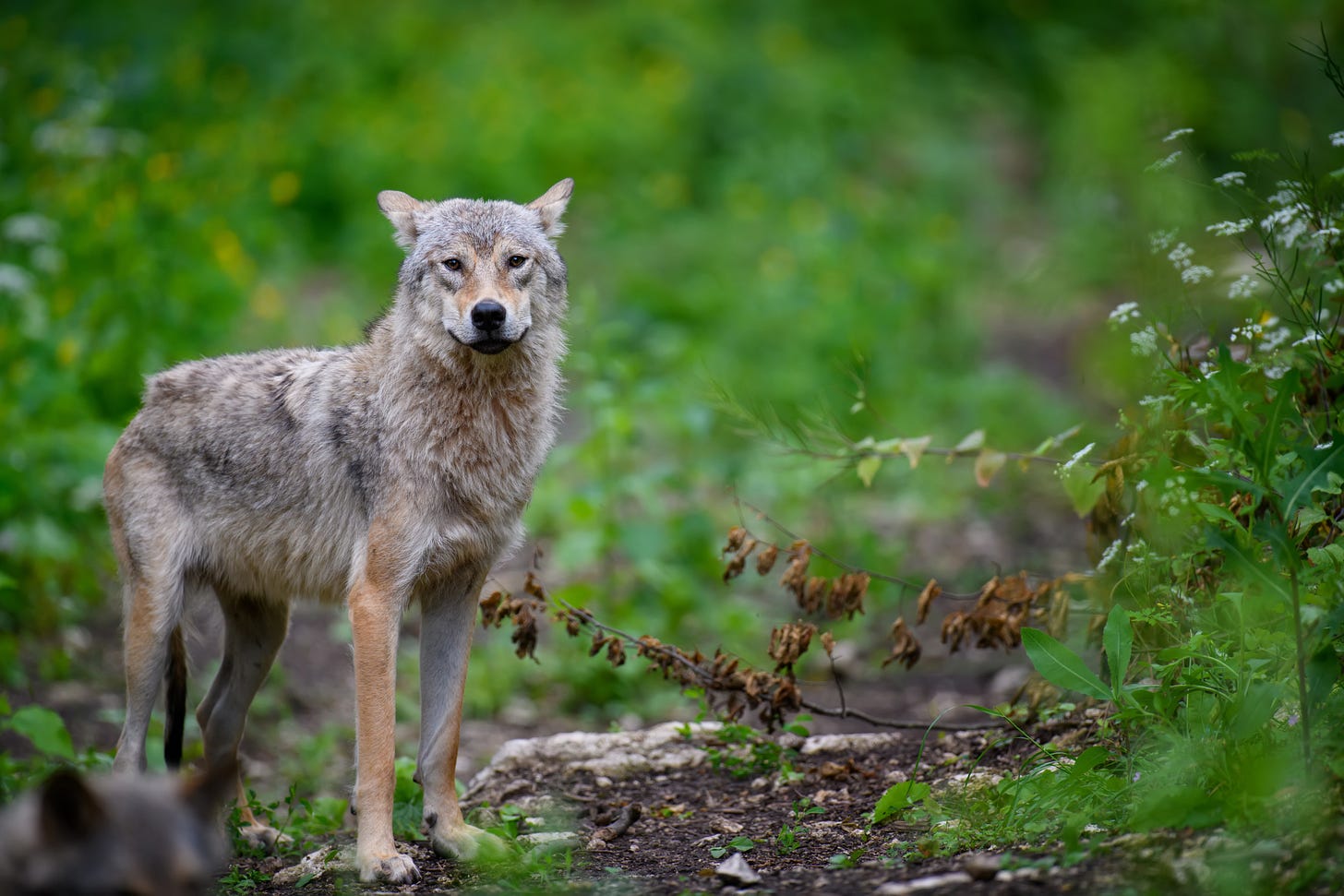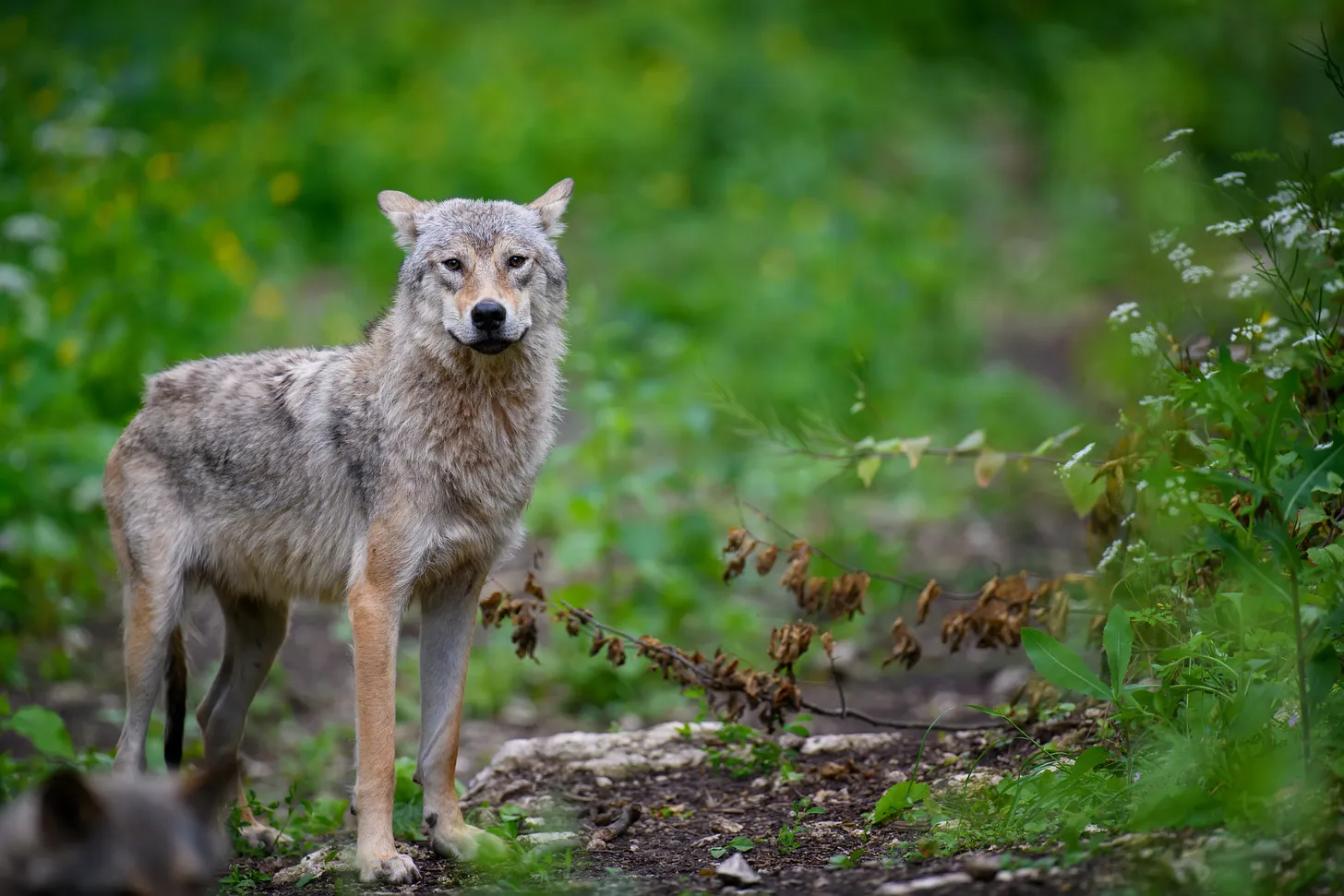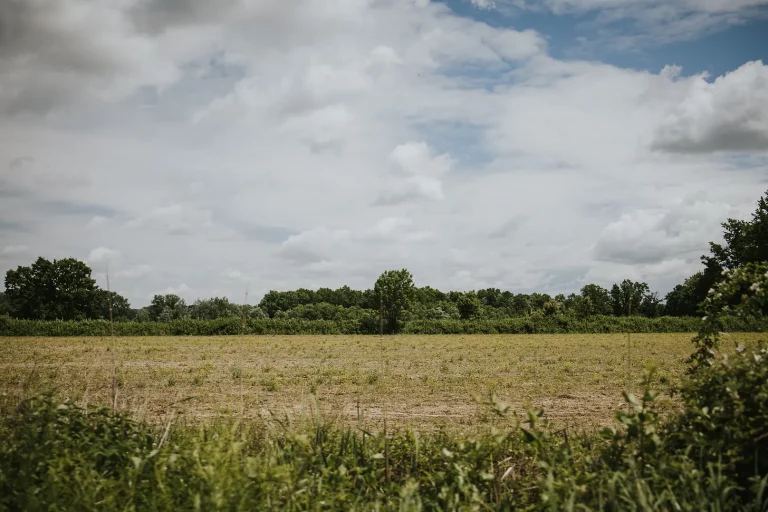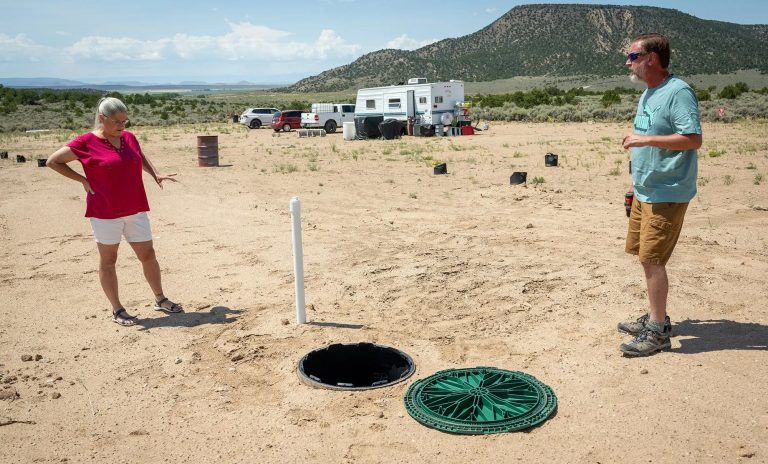Colorado’s Wolf Reintroduction—A Cautionary Tale of Mismanagement and Rural Neglect
In December 2023, Colorado embarked on a historic endeavor: the reintroduction of gray wolves into the state’s ecosystem. This initiative, approved by a narrow margin in the 2020 Proposition 114 ballot measure, marked the first time in U.S. history that voters—not federal wildlife agencies—mandated the return of an apex predator to the wild. While the ecological intentions behind this move are commendable, the execution has been fraught with missteps, leaving Colorado’s ranching communities bearing the brunt of unforeseen (or intentional) consequences.Wikipedia

Financial Shortfalls Undermine Compensation Efforts
Central to the state’s promise was the assurance of fair compensation to ranchers for livestock losses attributed to wolf predation, with payouts up to $15,000 per animal. However, the reality has fallen short. By early 2024, ranchers had submitted claims totaling approximately $582,000, surpassing the state’s allocated compensation fund of $350,000 for the 2024–25 fiscal year. This discrepancy highlights a significant underestimation of the program’s financial requirements and has left many ranchers uncompensated for their losses. AP News The Fence Post
Transparency Deficits Erode Trust
Beyond financial concerns, the program’s lack of transparency has further strained relations between state agencies and rural communities. Colorado Parks and Wildlife (CPW) equipped the reintroduced wolves with GPS collars but has only released generalized location data on a monthly basis. This limited disclosure hampers ranchers’ ability to implement timely protective measures for their livestock. As Janie Van Winkle, a rancher from Grand Junction, noted, “Right now, the lack of communication and lack of transparency has become a bigger issue than the wolves themselves.” (KJCT8 News)
Yanasa News is reader-supported. To receive new posts and support our work, consider becoming a free or paid subscriber.
Questionable Origins of Reintroduced Wolves
Compounding the issue, some of the wolves released into Colorado originated from Oregon’s Five Points pack, known for previous livestock depredations. Oregon wildlife officials had even authorized the lethal removal of certain members of this pack due to chronic predation. Introducing wolves with a history of livestock attacks into Colorado’s ranching regions raises serious concerns about the decision-making processes underpinning the reintroduction program. (Colorado Sun)
A Call for Responsible Wildlife Management
The reintroduction of wolves into Colorado’s ecosystem is a noble goal, aiming to restore ecological balance and biodiversity. However, the current approach has neglected the socioeconomic realities of rural communities. For such programs to succeed, they must be underpinned by comprehensive planning, adequate funding, and transparent communication. Only through collaborative efforts that respect both environmental objectives and the livelihoods of local residents can Colorado achieve a harmonious coexistence between humans and wolves.
As the state moves forward, it is imperative to address these shortcomings, ensuring that future conservation efforts are executed with the diligence and foresight they demand.
Wolves, Ranchers, and the Push for Delisting: Balancing Conservation and Livelihoods
The gray wolf (Canis lupus) has long been a symbol of wilderness and ecological balance in North America (IELC Lib Guides). Once nearly eradicated from the contiguous United States, concerted conservation efforts over the past few decades have led to a significant rebound in their populations (The Guardian). However, this resurgence has reignited debates over the species’ status under the Endangered Species Act (ESA) and its impact on rural communities, particularly ranchers.
The Legislative Effort to Delist Gray Wolves
In response to growing concerns from agricultural communities, Representative Lauren Boebert (R-CO) introduced the “Trust the Science Act,” aiming to remove gray wolves from the ESA’s list of endangered and threatened species in the lower 48 states (Congress H.R. 764). The bill passed the U.S. House of Representatives with a narrow 209-205 vote. Proponents argue that the gray wolf’s recovery is a conservation success story and that continued federal protections are no longer warranted (CPR News). They advocate for transferring management authority to individual states, allowing for more localized and adaptive approaches to wolf conservation and control.
Assessing the Recovery of Gray Wolf Populations
The U.S. Fish and Wildlife Service (USFWS) has acknowledged the significant recovery of gray wolf populations in certain regions (Tom Tiffany). As of the end of 2022, approximately 2,797 wolves were distributed across at least 286 packs in seven western states. The USFWS concluded that gray wolves in the Western United States are not at risk of extinction now or in the foreseeable future, suggesting that the species has met recovery goals in these areas. (US Fish and Wildlife)
Implications for Ranchers and Rural Communities
While the recovery of gray wolves is a conservation milestone, it has brought challenges for ranchers who face livestock predation. Under current federal protections, ranchers have limited options for managing wolf-related conflicts, often restricted to non-lethal deterrents. Delisting would grant states the authority to implement management strategies tailored to their specific contexts, potentially including controlled hunting and more flexible depredation responses. Advocates argue that such measures are essential for protecting livestock and sustaining rural economies. New York Post
Balancing Conservation and Management
The debate over delisting gray wolves underscores the broader challenge of balancing species conservation with human livelihoods. While the species has made remarkable recoveries in certain regions, concerns remain about its status in others. Any decision to delist should be grounded in robust scientific assessments and consider the ecological, economic, and social dimensions of wolf management.
The push to delist gray wolves reflects a complex intersection of conservation success and rural hardship. Transferring management authority to states could offer more nuanced and responsive approaches to wolf conservation and conflict mitigation (Rocky Mountain Elk Foundation). However, such a transition must be carefully managed to ensure the continued viability of gray wolf populations while addressing the legitimate concerns of those affected by their presence. A collaborative, science-based approach is essential for achieving a sustainable coexistence between humans and wolves.









